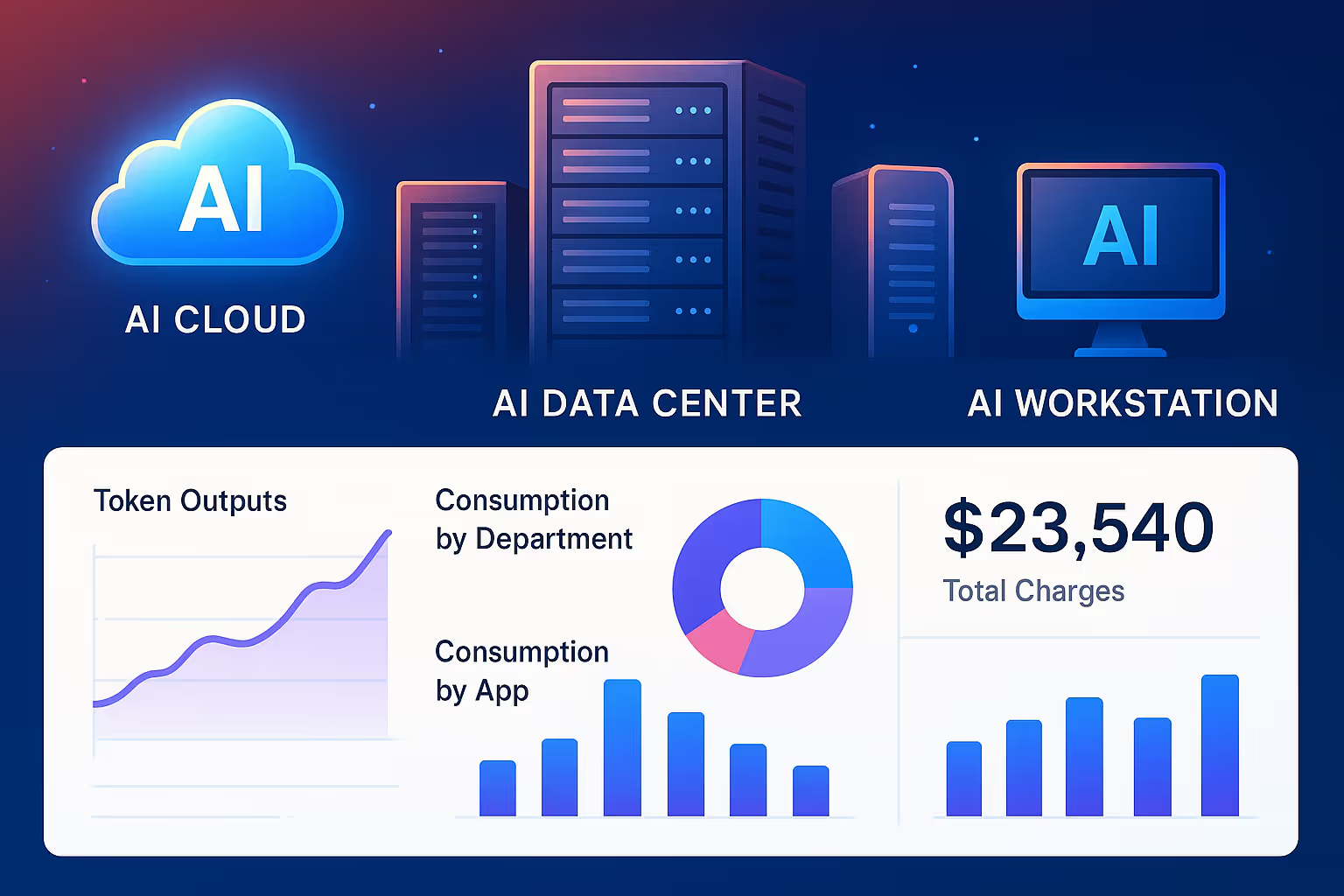Usage Based Pricing
.webp)
Why Usage-Based Pricing (UBP)?
Usage-based pricing leads to demonstrable improvements in customer Net Retention Rate (NRR) and customer acquisition cost payback time. It provides a more flexible model that allows customers to pay only for what is used, and to scale usage up and down as needed, leading to better retention and reduced churn.

Build Usage-Based Pricing
with Amberflo
Accurately meter any resource or metric in real-time
Customize meter event data structure to include any additional metadata for use later on to filter, analyze, or even price the metered usage.
First, you need to identify what resources should be tracked and what metrics are required to completely reflect usage and backend costs for your system. Identify how the usage events should be aggregated and what (if any) additional metadata should be included with each event record as dimensions.
Once the meters are defined and created in Amberflo, we recommend that you leverage Amberflo SDKs to meter events at the source where they are being produced. This allows for the fewest ‘hops’ or actions with usage data and allows for real-time performance. If you cannot use an SDK to track usage, or if you already have usage records being stored in another location, Amberflo offers several different options for meter ingestion including via API, and using intermediate locations such as AWS S3, cloud databases like Snowflake and MongoDB, or even raw CSV files.
Leverage Usage and Costs Analytics to determine optimal pricing
After deploying meters to your solution, the raw events will begin flowing into Amberflo.
As they are ingested, the usage is viewable in the Metering Dashboard. There is no delay or custom configuration required, immediately as events are ingested, they are viewable and ready for analysis. Users can filter by customer, by meter, or even by custom dimension to easily address the questions listed above.
For recurring queries or reports, users can create Custom Reports and save them for easy access. This simplifies regular reporting tasks and provides immediate visibility to critical usage patterns and metrics. See the screenshot below for an example of a custom report with advanced search and filter options.
Build Pricing Plans that align with value
Now that usage is being tracked and aggregated in Amberflo, you are ready to begin building flexible usage-based pricing plans.
Amberflo provides options to customize plans with free units, discounts and promotions, fixed-rate add-on pricing, or add-ons based on a percentage of the invoice amount.
Product items are the line items or catalog items that will appear on invoices. Each product item is associated with a corresponding meter that tracks the usage. When adding a product item to a pricing plan you can configure how that usage will be priced, whether it be on a per-unit, per-block, or tiered model. You also have the option to price by dimension and configure custom rates based on unique dimension values or combinations of dimension values.
After all product items are added to the pricing plan, save and activate the plan. You can now assign the plan to customers to begin generating metered invoices and billing based on real-time usage.
Test and compare plans
At Amberflo, we recommend using the usage data from the metering service as your guide to identify the correct pricing vectors and usage-based rates.
Using this data, you will arrive at a data-backed pricing strategy that should scale based on your customers’ unique usage profiles. In the process of identifying the correct pricing model, you should iterate and experiment using multiple models and pricing strategies.
Enable dynamic, scaleable pricing
As usage rates and profiles will change over time, usage-based pricing should also be dynamic and change to remain optimal. It is important to constantly be analyzing usage patterns and customer usage profiles to see if a new pricing model or strategy would scale more appropriately.

















.webp)







.svg)

